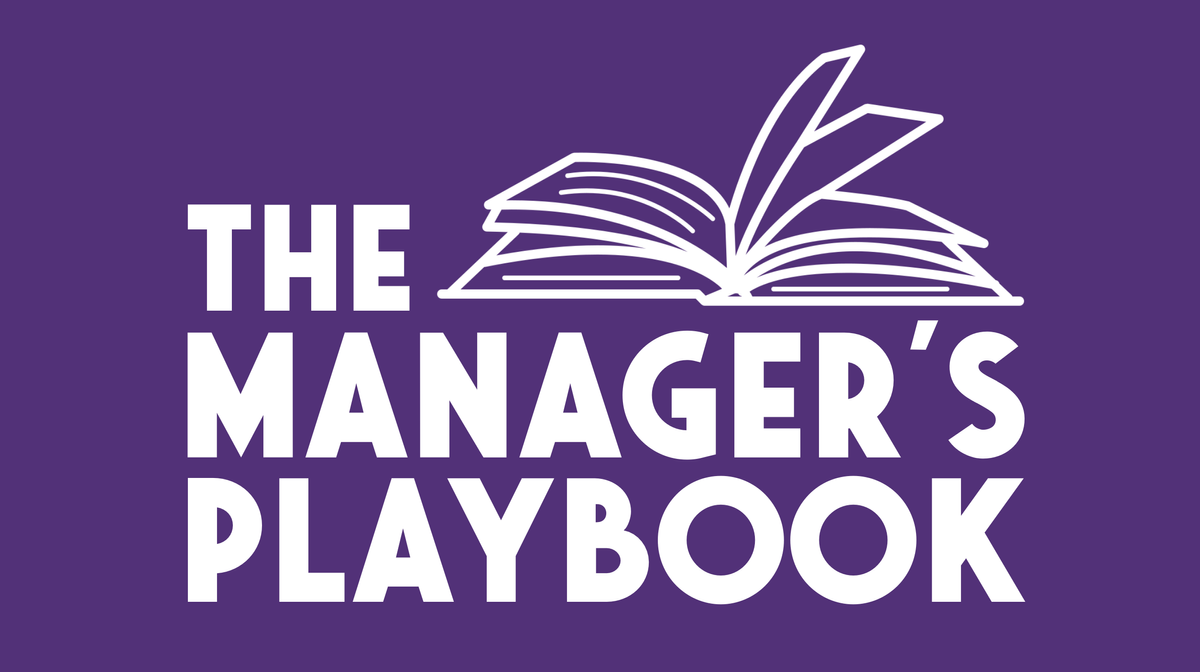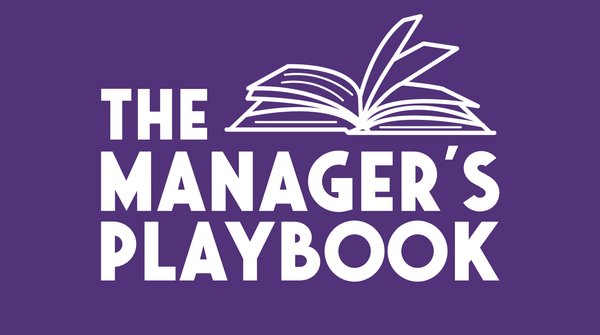The Manager's Playbook #2: Understanding your emotions

Welcome to The Manager's Playbook, a recurring newsletter series on management and leadership skills.
As leaders and managers, we should be aware of how our emotions and expressions impact others when we communicate. When we give feedback, do 1:1s, or make decisions in team meetings, our body language, voice, and facial expressions all send signals to our teams and the people we work with. Whether we realise it or not, those around us pick up on these cues.
Because of mirroring and emotional contagion (psychological effects where people copy emotions in a group), leaders can often set the tone for the mood and emotions of groups and teams. What we portray influences those around us, often without us realising.
Why this matters
Emotional awareness isn’t just about avoiding misunderstandings. It directly impacts team morale, trust, and psychological safety. If a manager appears frustrated or dismissive, even unintentionally, it can make employees hesitant to share concerns or new ideas. On the other hand, a leader who is emotionally aware can create an environment where people feel heard and supported.
Consider these moments:
- If you’re trying to give some hard feedback, you’re likely trying to remain calm and confident.
- If you want to get the team into action or celebrate them, you might bring more excitement and energy and speed up what you’re saying.
- When something unexpected happens, how do you react? Do you appear composed, or does your expression show frustration or confusion?
- If someone shares bad news in a 1:1 and you don't like what you hear, does your face immediately reveal what you are feeling?
A lot of this can happen instinctively. We don't always think about what is happening with our emotions, body, or voice - we do this on auto-pilot and react in the moment. But taking time to build self-awareness can make a big difference. How you manage and express your emotions shapes how your team perceives you and how they respond in return.
Scenario: Building emotional self-awareness
You want to understand how you express your emotions. Maybe you've been told that your face is very reactive in meetings. Maybe you want to gain better self-awareness.
Want to build this awareness? Start with this:
💖 Step 1: Identify your emotions
Pay attention to what emotions you’re feeling during different conversations. How do you feel? What emotions can you identify? What exactly are you experiencing? What are the nuances? Sometimes, you might not have the words to describe it. It can take time to put into words what you’re feeling.
🔍 Step 2: Expand your emotional vocabulary
If you need help labelling the emotion, look up resources to broaden your vocabulary for emotions. For starters, google the phrase "emotions wheel" to find helpful diagrams to categorise different types of emotions. Or look at Brené Brown’s book Atlas of the Heart, which describes 87 different types of emotions we have.
🎥 Step 3: Observe yourself in real-time
On video calls, keep your own camera self-view on, and notice what you’re doing with your voice, your facial expressions and your body language. Do your emotions match with what you are thinking and feeling? How might others interpret them? What expressions might be ambiguous?
🙋🏻♀️ Step 4: Ask for feedback
Ask a trusted peer or a manager for feedback. How do they perceive your expressions in meetings or 1:1s? Do their observations match what you believe you’re expressing?
Bonus Step: Build awareness of your team's emotions
If you already are aware of your emotions, take it a step further:
Pay attention to how your team responds to your emotions. Do they mirror your mood? Are they comfortable expressing their own emotions? In your next meeting, try intentionally shifting your emotional tone (be more enthusiastic, more calm, or more reassuring) and observe what effect it has.
Understanding and adjusting how you show emotions can be incredibly powerful. It’s not about suppressing how you feel but about being intentional in how you express it so you’re supporting, rather than unintentionally unsettling your team. But the first step is in understanding your emotions and recognising how your face and body express those emotions. In future editions, we'll explore how to adjust and adapt what you're portraying.
If you're interested in diving deeper into recognising your emotions and how emotional intelligence and leadership are related, here are some books I recommend:
📖 Primal Leadership by Daniel Goleman, Richard Boyatzis, and Annie McKee about the power of emotional intelligence in leadership.
📖 Emotional Agility by Susan David about handling emotions with flexibility and resilience.
📖 Atlas of the Heart by Brené Brown about understanding and naming emotions to improve communication and connection.
How do you manage your emotions as a leader? Have you ever received feedback on how you come across? Let’s discuss!
See you next time,
Melinda
In upcoming editions of The Manager’s Playbook, we’ll continue exploring small but impactful ways to improve your management and leadership skills. From handling tough conversations to building trust with your team, we’ll focus on practical strategies you can apply immediately.
Disclosure: The links in this blog posts are affiliate links to Amazon, meaning I may earn a commission if you make a purchase through them at no extra cost to you. I only recommend products that I genuinely find useful.



